Sodium methoxide
What Is Sodium methoxide?
Sodium methoxide is a solid chemical compound that is either white or colorless in appearance. It is prominently used in industries as a reagent. It is formed by removing a hydrogen (H+) proton from methanol.
This substance is also known by the name of Sodium methylate.
Sodium methoxide Physical Properties
It is a colorless chemical compound. It is mostly found as a powder in solid form. This substance has no odor. It has hygroscopic properties. The specific gravity of this substance at a temperature of 20 °C is 1.1. Refractive index for this chemical substance is 1.3700.
Sodium methoxide Chemical Properties
Know about some of the main chemical properties of this compound.
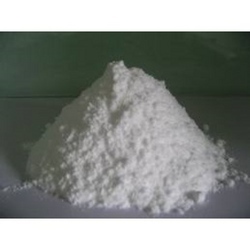
Picture 1 – Sodium Methoxide
Source – chemical-supplier.net
Chemical Formula
The chemical formula for this compound is CH3ONa.
CAS Reference Number
The CAS reference number for this substance is 124-41-4.
PubChem Reference Number
The PubChem reference number for this substance is 10942334.
ChemSpider Reference Number
The ChemSpider reference number for CH3ONa is 29033.
UNII Number
The Unique Ingredient Identifier Number or UNII Number for CH3ONa is IG663U5EMC.
HS Code
The HS Code for CH3ONa is 2905 19 00.
EC Number
The European Commission Number for CH3ONa is 204-699-5.
Boiling Point
The boiling point for this chemical is 65.0 °C.
Melting Point
The melting point for this chemical is greater than 300 °C.
Heat Capacity
The heat capacity for solid crystals of this chemical is 25.15 °C.
Freezing Point
The freezing point for CH3ONa is 127 °C.
Molecular Weight
The molecular weight or molar mass of CH3ONa is 54.02 g/mol.
Flash Point
The flash point for this substance is 11 °C.
Auto-Ignition Temperature
The auto-ignition temperature for this substance is 455 °C.
Density
The density of a Sodium methoxide molecule is 0.945 g/mL at 25 °C.
Explosion Limit
The lower explosion limit of this substance is 7.3% (V) and the upper explosion limit for this substance is 36% (V).
Vapor Pressure
The vapor pressure of this material is 50 mm Hg in a temperature of 20 °C.
Vapor Density
The vapor density of this substance in air is 1.1.
Decomposition temperature
The decomposition temperature for CH3ONa is 70 °C.
Solubility
It reacts violently with water to decompose.
Preparation of Sodium methoxide
Sodium methoxide can be formed by treating methyl alcohol with sodium. It is represented by the following reaction.
2Na + 2 CH3OH → 2 CH3ONa + H2
This reaction is extremely exothermic and naturally, there is a possibility of ignition. The solution of Sodium methoxide is colorless in hydrogen. This solution is a source of Sodium methoxide but the chemical can also be extracted from this solution by evaporation through application of heat. This removes the residual methyl alcohol and leaves the Sodium methoxide in the container.
The solid crystals of CH3ONa react with water to form a hydrolytic reaction. Commercially bought samples are highly contaminated with hydroxide impurities.
The solid crystals of this chemical compound are polymeric. They all have Na+ centers arranged in sheet-like arrays and each of them are combined with four oxygen centers.
It is important to consider the nature of the solvent used while determining the structure and the pKa value or the basicity of this chemical substance. In DMSO, Sodium methoxide has a fuller ionization reaction and is also free from any hydrogen bonding. Sodium methoxide has thus a stronger pKa value or basicity in DMSO.
Sodium methoxide from Sodium hydroxide
Sodium methoxide can be derived from Sodium hydroxide (NaOH) by reacting NaOH with Methylene. This reaction happens in the following way:
2 NaOH + 2 CH2 → 2 CH3ONa
Sodium methoxide Reactivity
The substance is normally stable under average pressure conditions and normal temperatures. However, it can react violently when it comes in contact with water, air, moisture or steam and may explode or ignite. It produces Sodium Hydroxide and methanol on reaction with water. Methanol or Methyl Alcohol is a flammable liquid. It is thus important to make sure that the container storing CH3ONa is always kept dry. The material is also highly flammable when it comes in contact with acids and chlorinated solvents.
Some other features of Sodium methoxide in relation to its reactivity are
- CH3ONa is used as a strong reducing agent.
- The chemical can react with light metals and form hydrogen gas. This is a hazardous reaction that can cause fire and explosions.
- It reacts violently and causes ignition with chemicals like 4-chloronitrobenzene and fluorinated Cyclopropenyl Methyl Ethers like perfluoromethoxycyclopropene.
- It causes corrosion to metals.
Inflammation
Sodium methoxide itself is not combustible. However, it can decompose under the influence of heat and produce toxic and corrosive fumes. It can also be an oxidizing agent and ignite combustibles like wood, oil, paper or clothing. Containers storing CH3ONa may explode under the influence of heat.
Sodium methoxide in Methanol
This compound is a dangerously strong caustic base. It can cause burning sensations in the skin and eyes. Inhaling the dust may cause serious health damages. It is also ignitable and reacts violently with water. The substance also leads to violent explosions on reacting with alcohol, acids, oxidizing agents and other solvents. It is hence strongly recommended that a solution containing 25% Sodium methoxide is used while preparing the substance in methanol reagent, provided such an opportunity is available.
Sodium methoxide Uses
Given below are some uses of this compound:
Uses in Organic Chemistry
Sodium methoxide is considered to be a strong base. It is thus regularly used in organic chemistry in the synthesis of several chemical compounds such as pharmaceuticals and agrichemicals. It is also used as a base in aldol condensations and dehydrohalogenations. It acts as a nucleophile in the manufacturing of methyl ethers.
Uses in Pharmaceutical Industry
In the pharmaceutical industry, powder of this substance is used in the manufacture of substances like
- Vitamin A1
- Vitamin B1
- Trimethoprim (TMP)
- Sulfadiazine
- Sulfadoxine
- Sulfamethoxypyridazine
Uses in Biodiesel Industry
In the Biodiesel Industry, it serves an important function as a catalyst. Biodiesel is manufactured from fatty acid triglycerides. These fatty acid triglycerides are primarily derived from animal fats and vegetable oils. Transesterification of fatty acid triglycerides with methanol produces fatty acid methyl esters or FAMEs. Sodium methoxide is used in this chemical reaction as a catalyst.
Other Uses of Sodium methoxide
Some other uses of CH3ONa are as follows:
- It is used as an edible catalyst as well as an analytical reagent.
- CH3ONa is used to initiate anionic addition polymerization of ethylene oxide. This produces a polyether having a high molecular weight.
- It can also be used for processing edible oils and fats and also in the preparation of other chemicals.
- A small amount of this compound is employed in the production of pesticides.
- The substance is used in the Wittig reaction even though it is a weaker base than Butyllithium. This is because the pKa of alpha hydrogen in a Phosphine oxide compound is sufficiently low. This allows the substance to deprotonate them.
Sodium methoxide MSDS
The Material Safety Data Sheet (MSDS) for this material is as follows:
Health Hazards
The material can cause serious damage to human and animal health. It is a toxic chemical which can cause damage to both internal as well as external organs.
Hazards from Eye Exposure – When the eyes come in contact with this substance, it can give rise to discomforting symptoms like
- Burning sensation in eyes
- Irritation in eyes
- Swelling
- Redness
- Itching
- Watering
Hazards from Skin Exposure – The compound produces hazardous results in case of skin contacts. Severe burning and irritation of the skin occur in such cases. Prolonged exposure of the skin to this material may even cause Dermatitis.
Internal Damages – The substance is highly toxic and may cause injury to
- Lungs
- Mucous Membranes
- Reproductive System
- Nervous System
Repeated exposure to it can cause permanent damage to the organs.
Hazards from Inhalation – If inhaled, it can cause intense burning of the respiratory tract. Damage of internal breathing organs, from accidental inhalation of chemical dust, is also a possibility. Possible effects of inhalation include
- Sore throat and nose
- Coughing
- Labored breathing
- Pulmonary edema
- Inflammation
- Chemical Pneumonitis
- Wheezing
- Laryngitis
- Headache
- Nausea
Hazards from Ingestion – Upon accidental ingestion, it can cause severe discomfort and even permanently damage the digestive tract. Ingestion can lead to burning of gastrointestinal tract. Other effects of accidental swallowing of the substance include
- Sore throat
- Diarrhea
- Vomiting
- Abdominal Spasms
Swallowing CH3ONa may also result in the damage of the mouth, the esophagus and the throat.
First Aid Measures
The following first aid measures should be used to deal with conditions resulting from exposure to this substance.
Eye exposure – In case of an eye exposure, any contact lenses worn should be removed immediately. The eyes should then be flushed with running water while keeping the eyelids open. This should be done for a minimum of 15 to 30 minutes. The eyes can be splashed with cold water. It is better not to use any eye ointment in these cases. A doctor should be consulted for further medical attention.
Skin exposure – Skin contact with this material leads to burning sensations in the affected area. The contaminated skin area should be washed with lots of running water and a mild soap. Cold water can be utilized for this purpose. Special attention needs to be given while cleaning certain areas such as
- Folds
- Creases
- Crevices
- Groin
A moisturizer should be applied to the irritated skin. A doctor should be consulted if the skin problems persist. The contaminated clothes and shoes should be washed thoroughly before they are reused. If required, contaminated clothes and shoes should be destroyed.
In case of serious skin infections, the infected areas should be washed with a disinfectant soap and an anti-bacterial cream should be applied to the contaminated skin areas. A dermatologist should be consulted for more medical assistance.
Accidental inhalation – The victims of accidental inhalation should be taken to a well ventilated place where they can breathe freely. Care should be taken that the place is free of any chemical residue. Any tight clothing such as tie, collar, waistband or belt should be loosened. If breathing is still difficult, supply of oxygen is to be administered. Artificial respiration using a mechanical device like a mask or a bag may also be used. Mouth-to-mouth resuscitation is not to be performed under any circumstances. Furthermore, a doctor should be consulted to assist in these cases.
Accidental ingestion – While dealing with patients who have accidentally ingested the material, care should be taken as not to encourage vomiting. Two to four cups of water or milk can be given to the victim if the victim is alert and conscious. Tight clothes if any should be loosened if the victim finds it difficult to breath. Immediate medical attention is required in such cases to further assist the victim.
Fire Hazards
CH3ONa itself is not combustible. However, it can react violently with water or foam to produce ignitable methyl alcohol. Under the presence of a heat source, containers storing the material may also explode.
It emits toxic and corrosive fumes on ignition. Vapors emitted by the substance can travel to remote locations at a distance where they can get ignited. The ignited vapors can then flash back to their point of origin.
It can behave as an oxidizing agent and ignite substances like paper, oil, wood or clothing.
The compound can also explode when it reacts with air or moisture. Nearby sparks or flames can be hazardous as it can lead to fire breakouts. At times, it may re-ignite even after the fire is extinguished.
Carbon compounds such as carbon monoxide and carbon dioxide are produced from combustion of Sodium methoxide.
Fire Fighting Instructions
Fire Fighting Substances – Dry chemical powder should be used to put off small fires. Other substances that can be used for extinguishing small fires are lime, soda ash or sand. Large fires can be extinguished by
- Dry chemical
- Dry sand
- Lime
- Soda ash
- Carbon dioxide
Fire Fighting Precautions – It is important not to let water get inside the containers. In case of large fires, professional fire-fighters are needed to be contacted immediately. The heated containers should be cooled by spraying lots of water over and around them even after the fires are extinguished. This is important as the containers are needed to be cooled down to avoid further fire breakouts.
Protection Gear Required for Fire Fighting – Special safety measures are needed to be observed while dealing with fire accidents from this chemical. Special protection gear used for firefighting should include MSHA/NIOSH (approved or equivalent) self-contained breathing apparatus having pressure-demand oxygen masks. Other important safety gears are
- Safety goggles with a face-shield to protect from chemical splashes
- Chemical resistant clothes made of nitrile or neoprene
- Chemical resistant gloves made of nitrile or neoprene
Accidental Release Measures
If CH3ONa is spilled accidentally, the spills should be cleaned up immediately following precautionary measures discussed below.
- The leakage should be stopped provided there are no risks in doing so.
- The spilled chemical should not be touched with bare hands.
All sources of fire must be removed from the vicinity and spark-proof tools must be used to handle the spills. Adequate ventilation should be provided and care should be taken to maintain the area dust-free.
The material should not be eliminated through sewers and basements. A condition of an inert atmosphere should be maintained in the area.
Under any circumstances, water should not be spilled on the chemical substances and the containers should also be kept free of any water.
The whole thing should be covered with a plastic sheet. Dry earth and dry sand can also help to absorb the chemical. Water spray should be used to reduce the vapors or divert the drifting of the vapor clouds.
You can minimize or stop the spreading of this material by using substances such as
- Dry sand
- Dry earth
- Diatomite
- Universal binders
- Acid binders
- Sawdust
- Other non-combustible substances
Toxic wastes from Sodium methoxide
This is a toxic material and can produce hazardous wastes. Therefore it should not be disposed off in the environment without appropriate governmental authorization.
Required Concentration Level of the Chemical
The concentration level should be maintained below the Threshold Limit Value or TLV. For Sodium methoxide, the TLV measurement is 220ppm to skin.
Handling of Sodium methoxide
While handling Sodium methoxide, the following points should be kept in mind.
- It should be kept in an inert atmosphere.
- The storage area should be well ventilated and dust-free.
- The substance should not be inhaled or ingested or touched directly with bare hands. Direct contact with clothes should also be avoided.
- It should be kept away from water, moisture or steam as well as any source of heat, flame or sparks. It should also be protected against strong electrostatic charges.
- The containers should be tightly closed so as to avoid contact with air.
- The substance should not be pressurized. Activities such as cutting, brazing, welding, soldering, grinding and drilling near the chemical should be avoided as these may lead to sparks.
- Sodium methoxide should be kept away from substances such as alcohols, acids, halogens, esters and ketones.
Storage of Sodium methoxide
The material should be stored following certain precautionary measures. Sodium methoxide should be stored in tight closed dry containers under argon or nitrogen. It should be stored away from substances such as
- Water or moisture
- Oxidizing agents
- Liquids
- Heat, flames or sparks
- Strong Acids
- Alcohols
- Air
The containers should be preferably stored in a refrigerated room. Access to this room should be restricted. Only technical experts and their assistants should have access to this room.
Transportation of Sodium methoxide
Some important information relating to the transportation of this substance is discussed below:
- Sodium methoxide has been classified as Hazard Class 4.2.
- The UN Number for this chemical is 1431.
- It belongs to the Packing group II of medium danger.
- The Kemler danger code for this substance is 48.
- The International Maritime Dangerous Goods Code for maritime transport of this chemical is 4.2.
- In case of air transport, this substance has been classified as ICAO/IATA class 4.2.
Sodium methoxide Price
CH3ONa is available in major chemical stores. There are several brands that produce and stock CH3ONa. You can also buy Sodium methoxide from online stores. Sodium methoxide can be brought as solid crystals. The minimum quantity that is to be ordered for purchase is 10 Kilograms. The average price of this material is between US$2000 and US$2105 per Metric Ton, though this may vary with different shops and brands.
- References
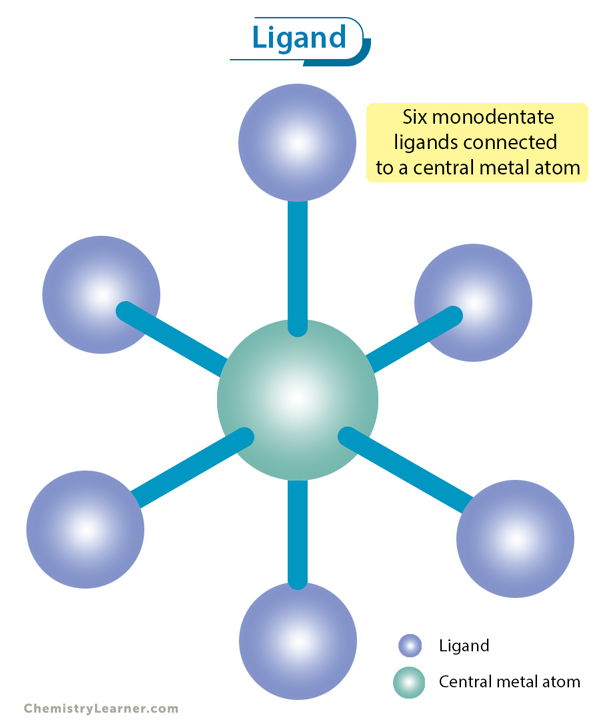
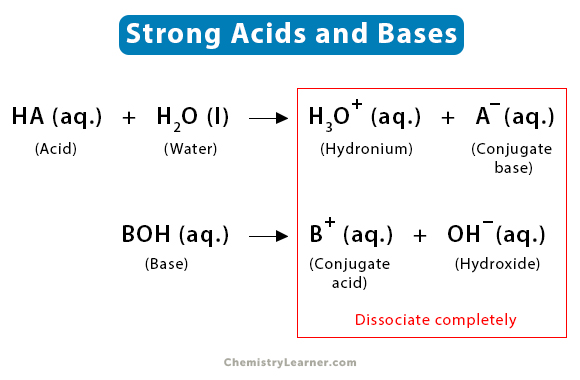
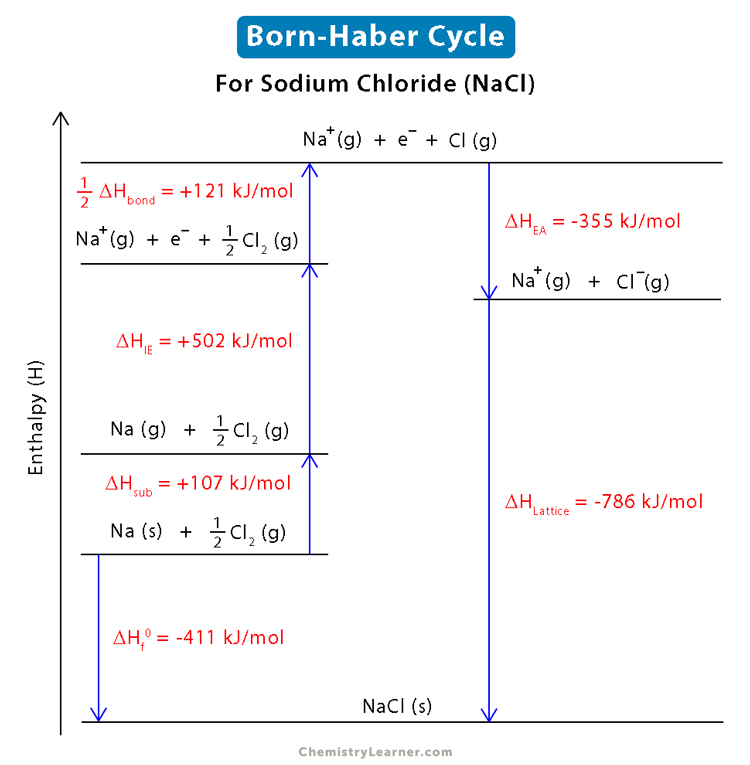
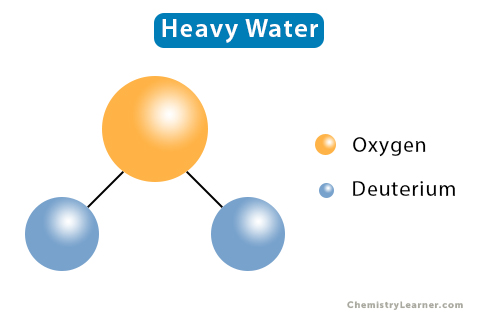
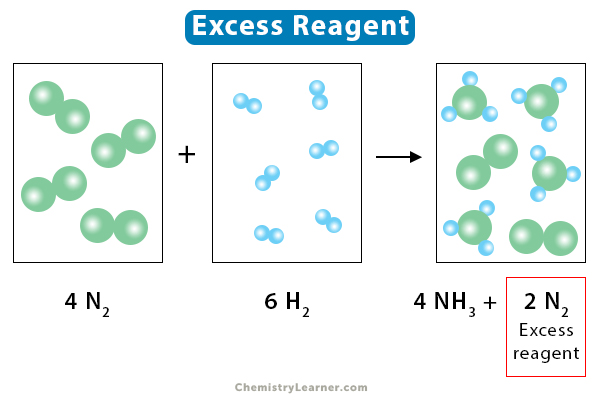
Sodium methoxide can be derived from Sodium hydroxide (NaOH) by reacting NaOH with Methylene. This reaction happens in the following way:
2 NaOH + 2 CH2 → 2 CH3ONa
I would like to know about above reaction
IT IS EXCELLENT MATTER THANKS